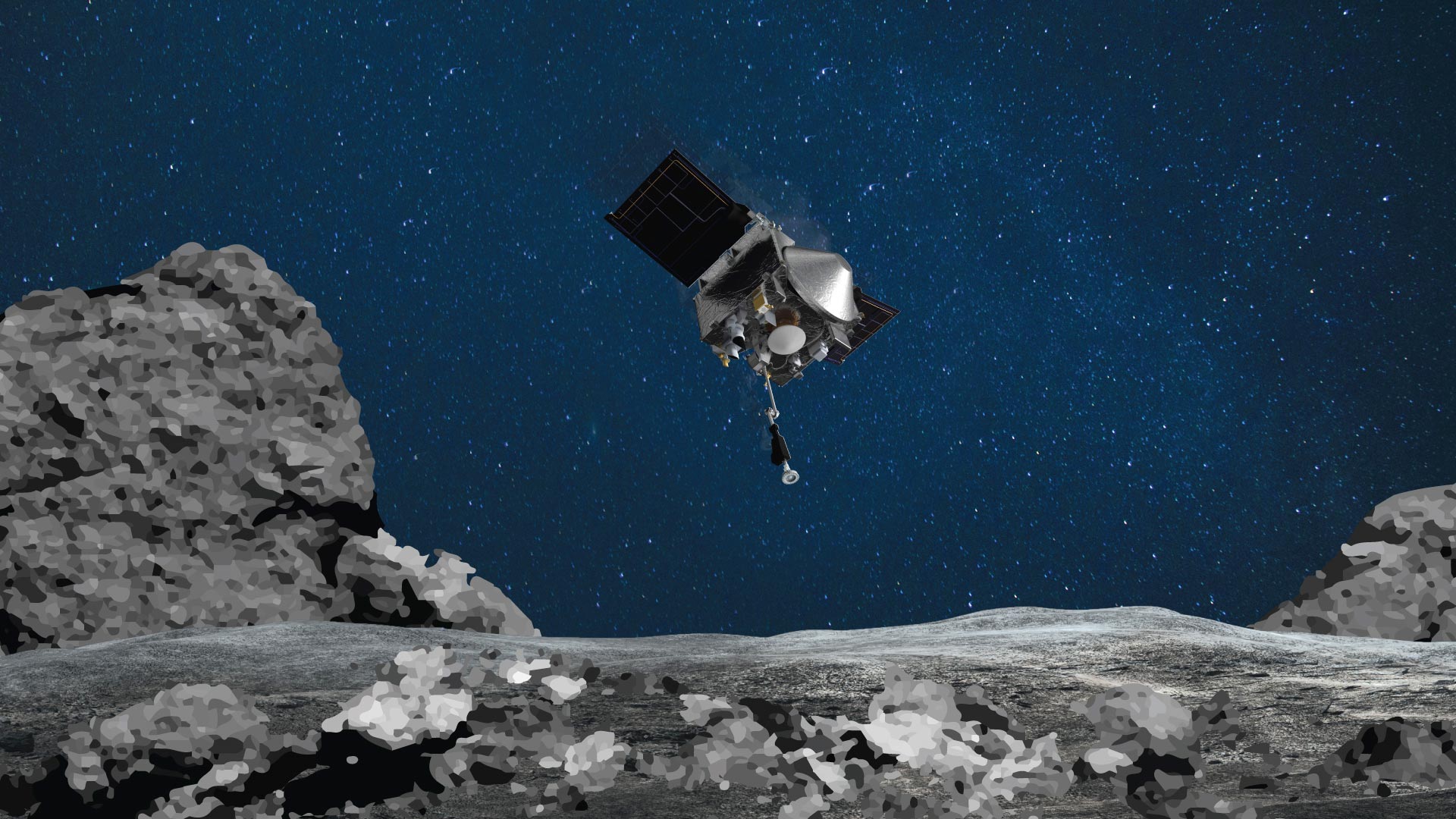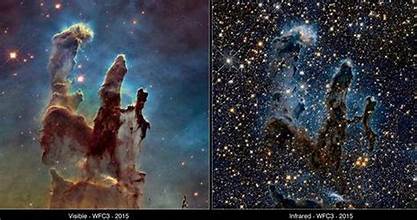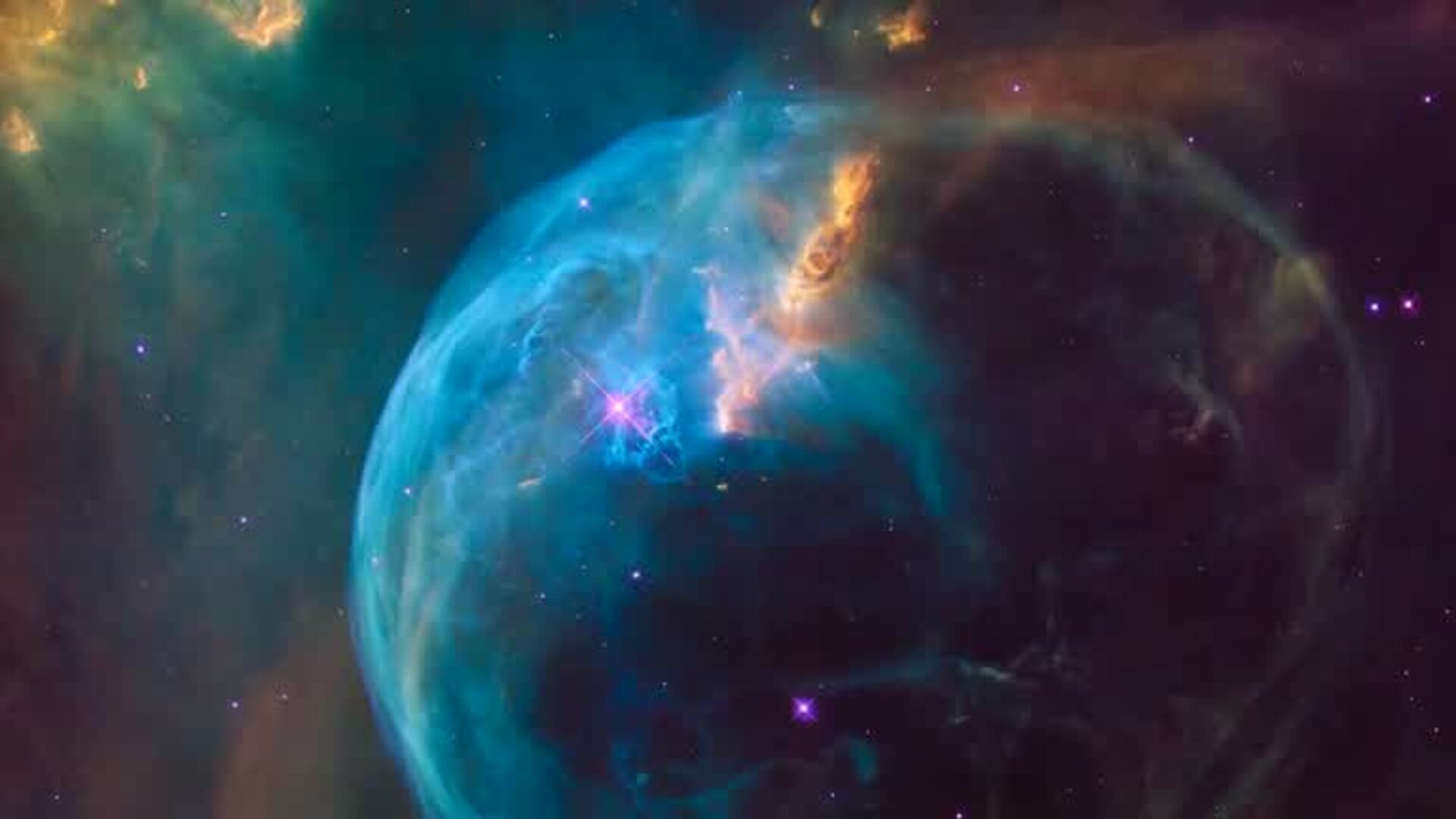
As we venture deeper into the cosmos, the pace of astronomical discoveries continues to accelerate, revealing new and astonishing details about our universe. In 2024, several groundbreaking space discoveries are reshaping our understanding of the cosmos. This article explores the top space discoveries of the year, shedding light on how these findings are revolutionizing our knowledge and what they mean for the future of space exploration.
1. The Discovery of an Ancient Exoplanetary System
One of the most exciting discoveries in 2024 is the detection of an ancient exoplanetary system, which could be among the oldest known to humanity. Astronomers have identified a star system with planets that are estimated to be over 13 billion years old, almost as old as the universe itself. This discovery provides invaluable insights into the early stages of planetary formation and the conditions that existed shortly after the Big Bang.
The ancient exoplanets are located in the Milky Way’s halo, a sparse region of space surrounding the galactic core. Studying these planets can help scientists understand how early solar systems formed and evolved, offering clues about the potential for ancient life and the origins of our own solar system.
2. Unprecedented Detail of a Black Hole’s Event Horizon
In 2024, the Event Horizon Telescope (EHT) collaboration unveiled the most detailed image of a black hole’s event horizon to date. This new image of the supermassive black hole at the center of the galaxy M87 provides unprecedented clarity, revealing intricate details of the event horizon’s structure.
This enhanced image not only confirms predictions made by Einstein’s theory of general relativity but also provides new information about the behavior of matter and energy near a black hole. The data gathered from this observation will help scientists refine models of black hole dynamics and their role in galaxy formation.
3. The Discovery of a New Form of Dark Matter
Dark matter remains one of the greatest mysteries in cosmology. In 2024, researchers using the Large Hadron Collider (LHC) reported the discovery of a new particle that could be a candidate for dark matter. This particle, tentatively named “axion-like particle,” exhibits properties that match theoretical predictions for dark matter particles.
If confirmed, this discovery could revolutionize our understanding of dark matter, providing a direct link between theoretical models and observed phenomena. This breakthrough opens new avenues for research into the fundamental composition of the universe and could lead to the development of new technologies and methods for detecting dark matter.
4. Revealing the Secrets of a Newly Discovered Exoplanet’s Atmosphere
A newly discovered exoplanet in the habitable zone of its star has provided scientists with the first comprehensive analysis of an alien atmosphere. Using advanced spectroscopic techniques, researchers have detected signs of water vapor, carbon dioxide, and potentially even oxygen in the exoplanet’s atmosphere.
This discovery is significant because it raises the possibility of finding life or at least conditions favorable to life on other planets. The data also offer insights into atmospheric processes and climatic conditions on planets outside our solar system, which could inform future missions and observational strategies.
5. Mapping the Cosmic Microwave Background with Unprecedented Precision
The Cosmic Microwave Background (CMB) radiation, the afterglow of the Big Bang, has been mapped with unprecedented precision by the latest space observatories. The 2024 data provides a more detailed and accurate picture of the early universe than ever before.
This new map offers insights into the distribution of matter and energy in the early universe, the formation of the first galaxies, and the overall geometry of the cosmos. Understanding the CMB is crucial for testing theories of the Big Bang and cosmic inflation, which are fundamental to our comprehension of the universe’s origins and evolution.
6. The Discovery of a Galactic Supercluster
In 2024, astronomers identified a massive galactic supercluster, one of the largest structures in the universe. This supercluster, dubbed the “Hyperion Supercluster,” contains thousands of galaxies and spans a region of space several hundred million light-years across.
The discovery of Hyperion provides new insights into the large-scale structure of the universe and the forces that shape its evolution. Studying superclusters helps scientists understand the distribution of dark matter, the formation of galaxy clusters, and the overall dynamics of cosmic structures.
7. Breakthroughs in Space-Time Research
Recent experiments have produced groundbreaking results in the study of space-time. In 2024, physicists observed anomalies in the way space-time interacts with gravitational waves, challenging current models of space-time and gravity.
These findings suggest that space-time may have more complex properties than previously thought, potentially revealing new dimensions or forces. Understanding these anomalies could lead to new theories of gravity and space-time, significantly impacting our knowledge of fundamental physics.
8. New Insights into Cosmic Inflation
A recent study has provided new insights into cosmic inflation, the rapid expansion of the universe that occurred just after the Big Bang. Researchers have detected subtle variations in the distribution of primordial gravitational waves, which offer clues about the conditions during the inflationary period.
These findings could help answer fundamental questions about the early universe, such as what drove inflation and how it shaped the large-scale structure of the cosmos. This research is crucial for refining models of the universe’s earliest moments and understanding its subsequent evolution.
9. The Role of Neutron Stars in Stellar Nucleosynthesis
In 2024, scientists discovered new evidence about the role of neutron stars in the formation of heavy elements. Observations of neutron star collisions have revealed detailed information about the synthesis of elements like gold and platinum.
This discovery enhances our understanding of how these elements are created and distributed throughout the universe. It also provides insights into the life cycles of stars and the processes that lead to the formation of complex matter.
10. The Detection of a Potentially Habitable Moon Around a Gas Giant
The discovery of a potentially habitable moon orbiting a gas giant exoplanet has excited the scientific community. This moon, located in the habitable zone of its star, shows signs of having a stable atmosphere and surface conditions that could support life.
This finding opens new possibilities for exploring moons as potential sites for life, expanding the scope of astrobiology beyond Earth-like planets. Future missions may focus on characterizing the moon’s environment and assessing its habitability.
Conclusion
The space discoveries of 2024 represent a significant leap in our understanding of the universe. From ancient exoplanetary systems to new insights into dark matter and cosmic inflation, these breakthroughs are shaping the future of space exploration and cosmology. As we continue to uncover the mysteries of the cosmos, each discovery brings us closer to understanding our place in the universe and the fundamental forces that govern its existence. The year 2024 will be remembered as a milestone in the quest to explore and comprehend the vast expanse of space.

